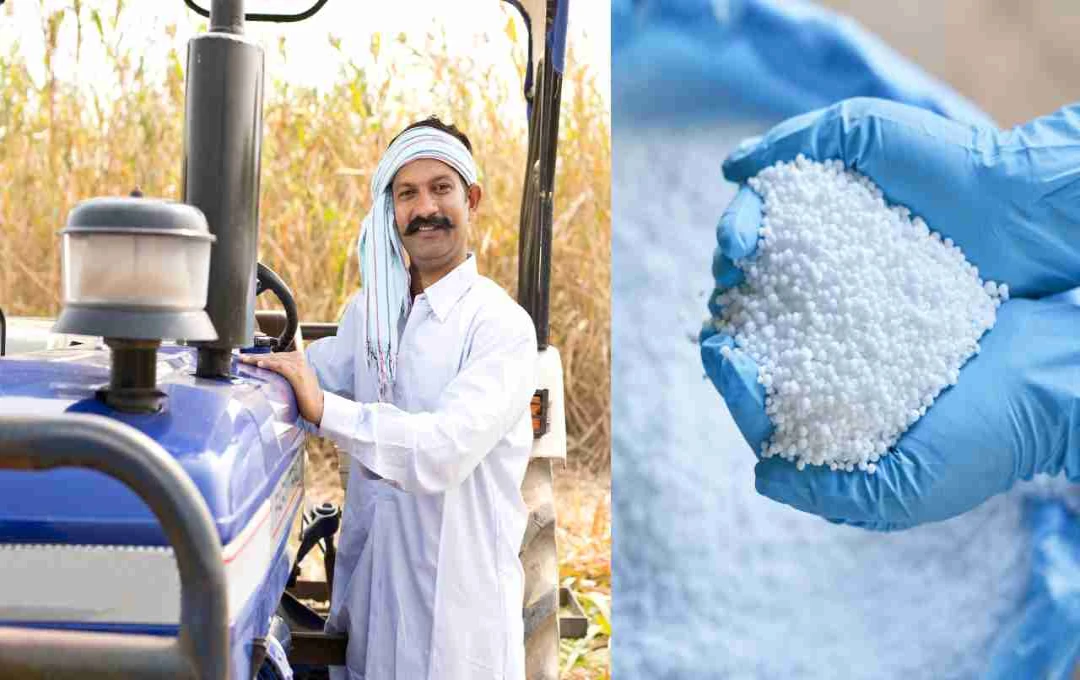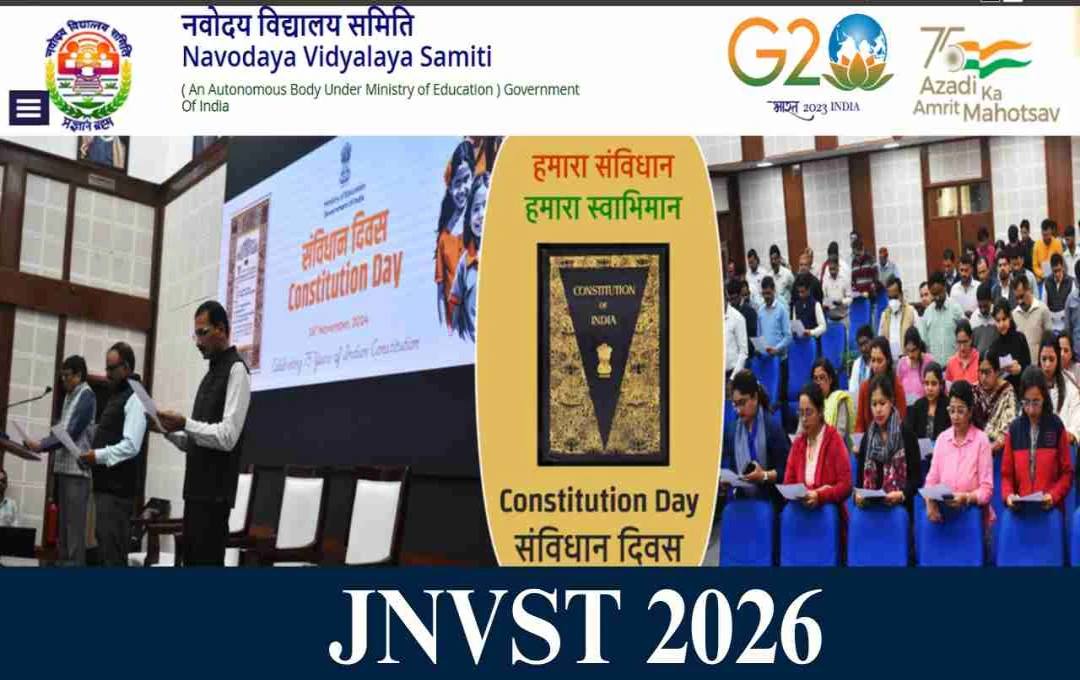GST 2.0 reforms are expected to reduce farming costs for farmers, as taxes on bio-pesticides, fertilizers, and some agricultural inputs have been reduced. Tractor prices have also seen a decrease. Furthermore, a reduction in tax on confectionery and bakery items may increase sugar demand, and the reduction in prices of seafood products will enhance the competitiveness of exporters.
GST Reforms: The recent reforms made by the GST Council are expected to provide significant relief to farmers and agriculture-related sectors. Reduced taxes on agricultural inputs, bio-pesticides, and fertilizers will lower farming costs, while tractor manufacturers like Mahindra & Mahindra have announced price reductions of up to Rs 50,000-60,000. Additionally, with GST on fish oil and fish products reduced to 5%, seafood will become cheaper for domestic consumers, and the competitiveness of exporters will increase. The reduction in tax on confectionery and bakery items is likely to boost sugar demand, although the absence of GST cuts on agricultural equipment keeps farmers' concerns alive.
Direct Impact on Farmers' Costs

In recent years, the prices of agricultural machinery and inputs have been steadily rising, putting immense pressure on farmers' costs. According to data from the Commission for Agricultural Costs and Prices (CACP), the wholesale price index increased by 2.1 percent between May 2023 and November 2024, while the index for agricultural inputs decreased by 2.8 percent. This clearly indicates that input prices were not keeping pace with market dynamics.
The situation is expected to improve with the reduction in GST rates. Lower taxes on bio-pesticides and fertilizers will have a direct impact on farmers' pockets, reducing the cost of crop production and indirectly increasing their income.
Reduction in Tractor and Machinery Prices
Major tractor manufacturers like Mahindra & Mahindra have already announced that the benefits of GST reduction will be passed on to customers. The company states that tractor prices will now decrease by Rs 50,000 to Rs 60,000, directly benefiting farmers who increasingly rely on machinery for their farming operations.
Seafood to Become Cheaper, Exporters to Gain Strength
The Ministry of Livestock has informed that GST on fish oil, fish extracts, and preserved fish and shrimp products has been reduced from 12 percent to 5 percent. This will make seafood more affordable for domestic consumers and also enhance the competitiveness of exporters.
Fishing nets, aquaculture inputs, and marine food products now fall under a 5 percent GST bracket, compared to the previous 12 to 18 percent tax. This change brings significant relief to the fisheries and seafood industry.
New Hope for the Sugar Industry

The reduction in tax on confectionery and bakery products from 18 percent to 5 percent has brought new hope to the sugar industry. Experts believe this will lead to increased sugar consumption and strengthen the industry.
Sugar mills are already facing pressure from production costs and international competition. In such a scenario, an increase in domestic consumption can provide relief to the industry.
Relief on Packaged Roti
Floor millers state that GST on packaged roti and paratha has been reduced to zero. However, a 5 percent GST will still apply to 25 kg packets of wheat flour, maida, and suji.
Navneet Chitalangia of the Rollers Flour Millers Federation of India says this situation creates inequality. He pointed out that most Indian families prepare roti at home, and they are not benefiting from this exemption.
No Relief on Agricultural Equipment
However, there has been no change in GST rates on agricultural equipment. Ankit Chitaliya, Managing Director of Kisan Kraft Limited, suggests that to promote mechanization in the agricultural sector, the tax rate on all essential equipment should be reduced to 5 percent.
He added that the GST Council should provide more clarity on input tax credit to allow for the adjustment of higher rates. In fact, the complexity of input tax credit leads to locked-up working capital in the industry, increasing the cost of finance.














